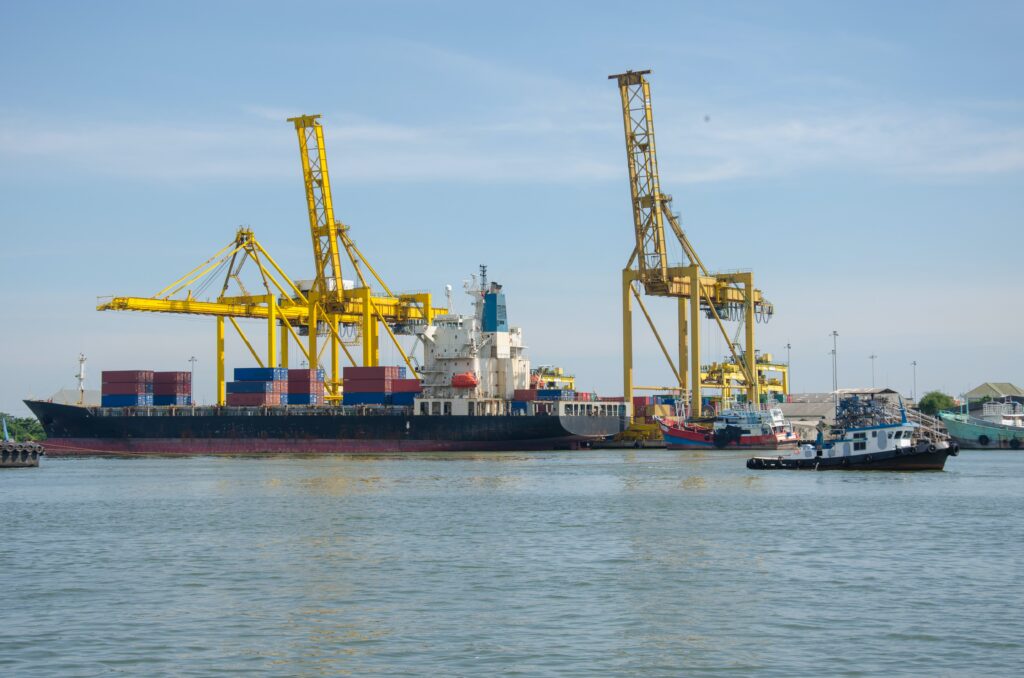Expert Clearance & Logistics for UK, Japan & Global Trade

We specialise in Import and Export Customs Declarations, cost-effective logistics management, and shipments we operate throughout Ireland and the UK
Do you need help navigating the complexities of customs clearance? We can support your customs clearance needsFocus on growing your business, not customs clearance. Our team can handle all the import and export paperwork for you, saving you time and money.
Services Independent Customs and Logistics Services

DECLARATIONS
We provide assistance to businesses that transport goods into and out of Ireland

Supply Chain
In a highly competitive and dynamic economic climate, we are capable of exceeding expectations.

AIR
With workable delivery times & available services, we provide dependable & stress-free air freight options.

SEA
International shipping services for out-of-gauge loads, FCL, and LCL. flexible shipping options.

ROAD LOGISTICS
Vast distribution service for import and export road freight, throughout Ireland, the UK, and Europe
Vehicle Clearance
At ICLS we offer a range of vehicle services to clients throughout Ireland
Importing a vehicle from the UK or Japan into Ireland requires understanding customs fees. This applies whether you’re buying a new or used car. To ensure a smooth process, be prepared to pay value-added tax (VAT), which is currently 23%, and potentially a vehicle registration tax that depends on the car’s value and specifications. Following Irish customs regulations and addressing any clearance requirements promptly will help avoid delays and penalties.
To find out more about vehicle clearance, contact our specialist team today
ICLS
Your Full-Service Import & Export SpecialistsConfused by international customs? We simplify complex regulations and risks.
Our customized consulting tackles your specific needs, streamlining your supply chain.
- 00353 (0) 94 901 4077
- info@customsicls.com
Get In Touch
Speak to an Expert
Testimonials
With our unrivaled expertise, extensive resources, and unwavering commitment to customer satisfaction, we confidently assert that we are the premier choice for all your logistics needs. Our track record of success, combined with our relentless pursuit of perfection, sets us apart as the best in the business. When you partner with ICLS, you can trust that you are collaborating with a team that consistently delivers unparalleled service and exceptional results.






